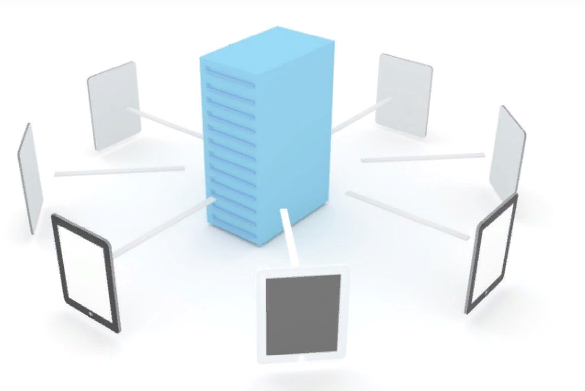Usually, I’m not speaking about news but only about technical details. But with the release of Windows Server 2016 1709, lot of misinformation have been written and I’d like to show another way to look at this.
First of all, it is important to understand what happened to Windows Server 2016. Microsoft has modified how Windows Server is distributed to customer. There is two kind of deployment:
- LTSC (Long-Term Servicing Channel): This is Windows Server with 5 years support and 5 years of extended support. You ‘ll get security and quality updates but no new features. Windows Server Core and with GUI is supported with this deployment. Microsoft expects to release a new LTSC every 2 or 3 years
- SAC (Semi Annual Channel): With this kind of deployment, Microsoft will release a new version each 6 months. Each release will be supported 18 months from the initial release. Each new release should get new features. Only Windows Server Core is supported with this kind of deployment.
So the release of this month called 1709 (2017 = 17, September = 09: 1709) is part of the SAC deployment mode. In 6 months, a new release in Semi Annual Channel should be released called 1803.
But where is Storage Spaces Direct
Storage Spaces Direct is the main piece to run Software-Defined Storage with Microsoft solution. This feature has been released with Windows Server 2016 called now 1609 (October 2016, you follow me ?). The Windows Server 1609 is LTSC. Storage Spaces Direct (S2D for friends), works great with this release and I have deployed plenty of S2D cluster which are currently running in production without issues (yes I had some issues but resolved quickly).
Microsoft this month has released Windows Server 1709 which is in SAC. This release contains mainly container improvements, and the reason of this topic, no support of S2D. This is a SAC release, not a service pack. You can’t compare anymore a service pack with a SAC release. SAC is a continuously system upgrade while service pack is mainly an aggregate of updates. You are running S2D? don’t install 1709 release and wait 6 months… you’ll see 🙂
Why removing the support of S2D ?
The Storage is a complicated component. We need stable and valuable storage because today companies data are located in this storage. If the storage gone, the company can close down.
I can tell you that Microsoft works hard on S2D to bring you the best Software-Defined solution. But the level of validation for production has not been reached to provide S2D with Windows Server 1709. What do you prefer: a buggy S2D release or wait 6 months for a high quality product ? From my side I prefer to wait 6 months for a better product.
Why Storage Spaces Direct is not dead ?
Last two days, I read some topics saying that Microsoft is pushing Azure / Azure Stack and they don’t care about On-Prem solution. Yes this true, today Microsoft talks only about Azure / Azure Stack and I think it is a shame. But Azure Stack solution is based on Storage Spaces Direct. They need to improve this feature to deploy more and more Azure Stack.
Secondly, Microsoft has presented a new GUI feature called Honolulu. Microsoft has developed a module to manage hyperconverged solution. You may have seen the presentation at Ignite. Why Microsoft is developing a product for a technology that wants to give up?
To finish, I work sometime with the product group which is in charge of S2D. I can tell you they work hard on the product to make it greater. I have the good fortune of being able to see and try next new features of S2D.
Conclusion
You are running S2D on Windows Server 2016: you should keep Windows Server 1609 and wait for the next new release in SAC or LTSC. You want to run S2D but you are afraid about the new announcement: be sure that Microsoft will not left behind S2D. You can deploy S2D with Windows Server 1609 or maybe wait for Windows Server 1803 (next march). Be sure of one thing: Storage Spaces Direct is not dead !







>>I have deployed plenty of S2D cluster which are currently running in production without issues (yes I had some issues but resolved quickly).
1) how many deployments did you did ?
2) which issues did you encountered ?
1) Currently I have deployed a dozen of S2D (from 2-nodes to 6-nodes).
2) I encountered issue with September Updates where the cluster didn’t enter in rebuild process.
If you were looking at a new solution in the next couple of months would your recommend S2D using hyper-v or stick with other hypervisors and storage solutions that have been tried & tested for longer?
Hi,
When I can, I recommend hyperconverged solution. But it depends on the requirements. If the customer has a huge capacity requirement compared to the compute, I recommend disaggregated. But usually, I recommend software solution. Since one year, I don’t recommend hardware SAN to customer.